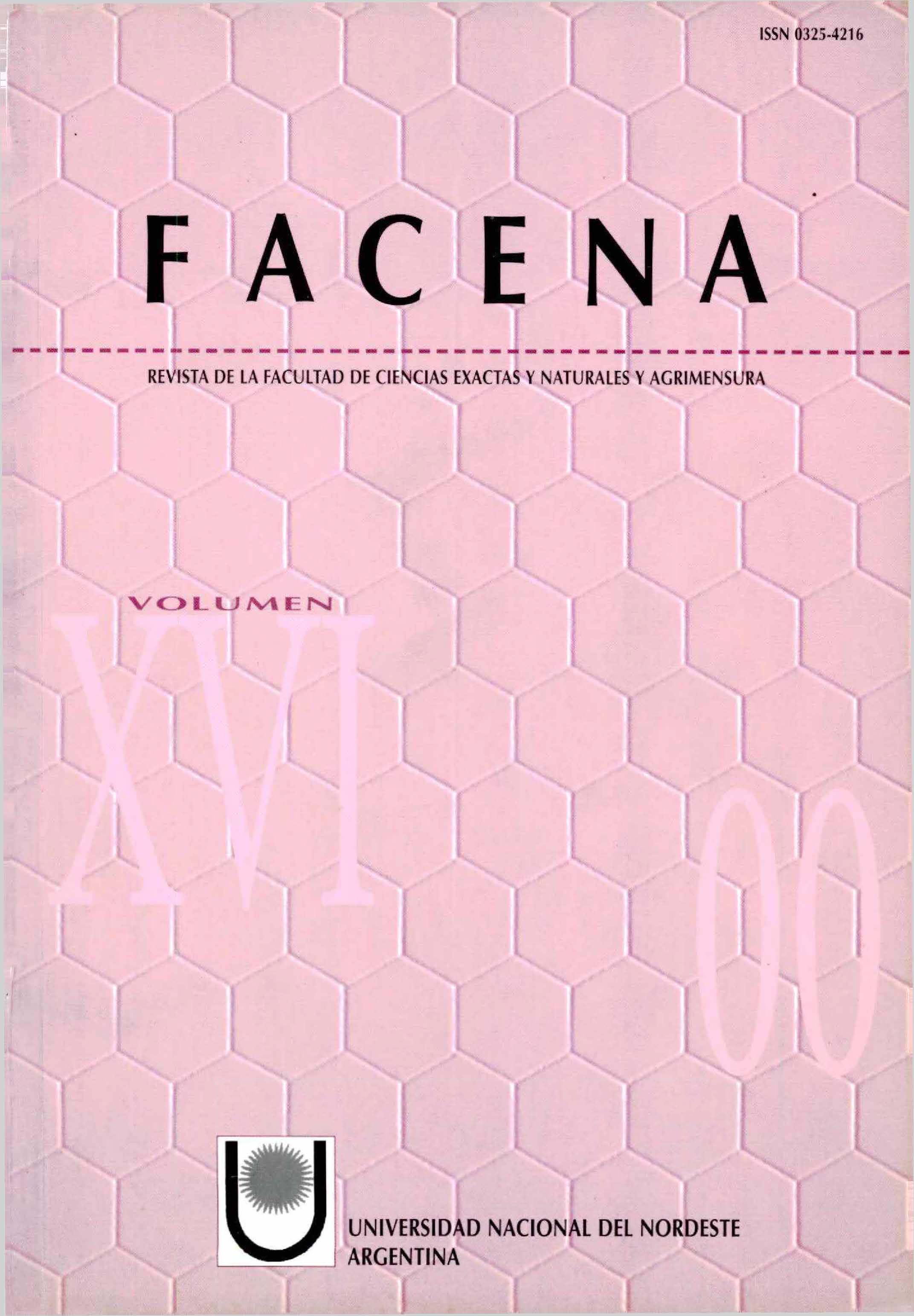Análisis empírico de algoritmos de inversión de matrices, aplicados al cálculo de propiedades moleculares
DOI:
https://doi.org/10.30972/fac.1617406Keywords:
Algorithms, Matrix inversion, Molecular propertiesAbstract
In this article, the performance of two algorithms for matrix inversión are evaluated considering as a parameter the times of execution: one traditionally used in the calculations of molecular properties and a new one implemented in our research group, that makes use of a series development of matrix elements. Different platforms, operating sistems, compilers and subroutines of lineal algebra (BLAS) were investigated. Calculations for model compounds that require the treatment of matrix containing a number of elements between 80.000 and 4.000.000 was carried out. The calculation of molecular properties of both, singlet and triplet type was used to evaluate the execution time of these algorithms. It was observed that the performance of the series algorithm increases when the dimension of the given matrix grows. For all plataforms, a gainful performance of the series was obtained, compared to the tradicional algorithm.
Downloads
References
Aucar, G.A.,1996. Chem. Phys. Letters, 254:13-20.
Burden, R.L. y D J. Faires, 1996. Análisis Numérico. Grupo Editorial Iberoamericana, México D.F. 807 p.
Contreras R.H.; G.A. Aucar; R. Lobayan; M. Ruiz de Azua y C.G. Giribet, 1993. J. Molec. Struc.(Theochem), 284:289+.
Dongarra, J.; J. Du Croz; I. Duff y S, Hammarling, 1990. A set of level 3 basic linear algebra subprograms. ACM Trans. Math. Soft., 16 (1): 1-17.
IBM Canada Ltd. Laboratory, 1993, AIX VERSION 3.2 RISC System/6.000. Optimization and Tuning Guide for Fortran, C, and C++.
Helgaker, T.; H.J.Aa. Jensen; P. Jorgensen; J. Olsen; K. Ruud; H.A. Gren; T. Andersen; K.L. Bak; V. Bakken; O. Christiansen, P. Dahle; E.K. Dalskov; T. Enevoldsen; B. Fernandez; H. Heiberg; H. Hettema; D, Jonsson; S. Kirpekar; R. Kobayashi; H. Koch; K.V. Mikkelsen; P. Norman; M.J. Parker; T. Saue; P.R, Taylor and O. Vahtras, 1997. DALTON, an electronic structure program, release 1.0. http://www.kjemi.vio.no/software/dalton/dalton.html
Jensen, H.J.; H. Agren y J. Olsen, 1988. J. Chem. Phys., 89: 36-54.
Lowdin, P.O., 1964. 3. Molec-Spectroscopy, 326:13.
ODDERSHEDE, J.; P. Jorgensen y D.L. Yeager, 1984. Comput. Phys. Rep., 41:33.
Oddershede, J. y J.R. Sabin, 1991. Int. J. Quantum Chem., 371: 39.
PRESS, W.H.; B.P. Flannery; S.A. Teukolsky y W.T. Vetterling, 1992. NumeTical Recipes in Fortran. Cambridge University Press, Cambridge.
Whaley, R, y J. Dongarra. Automatically tuned linear algebra software, http://www.nethb.org/atlas








